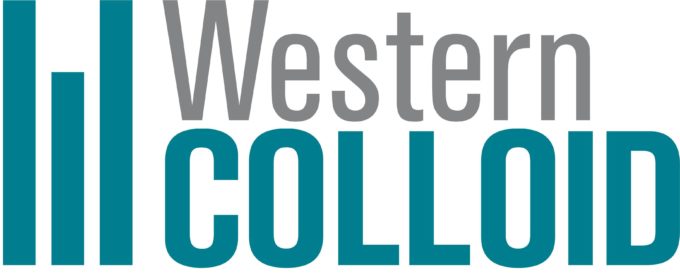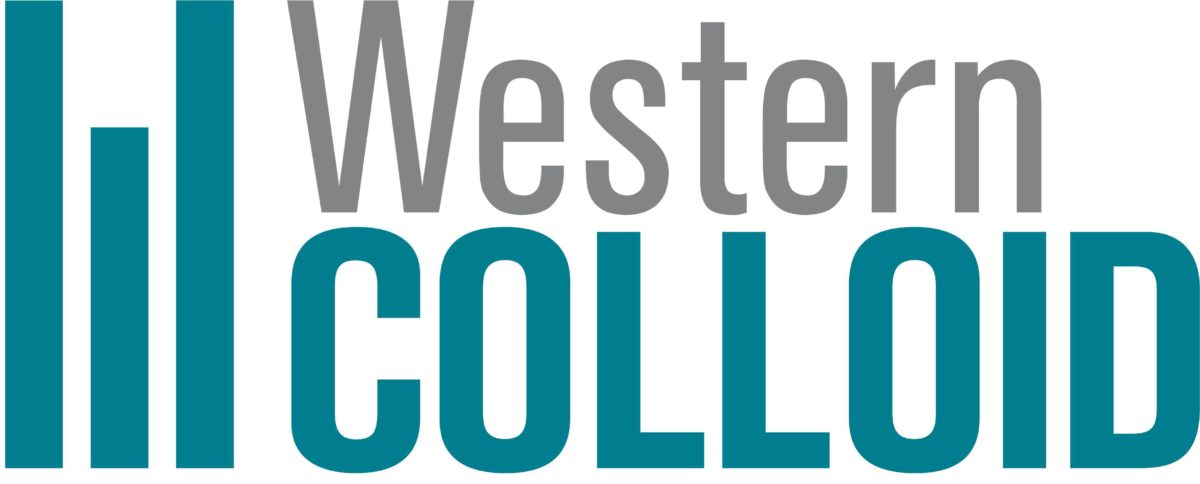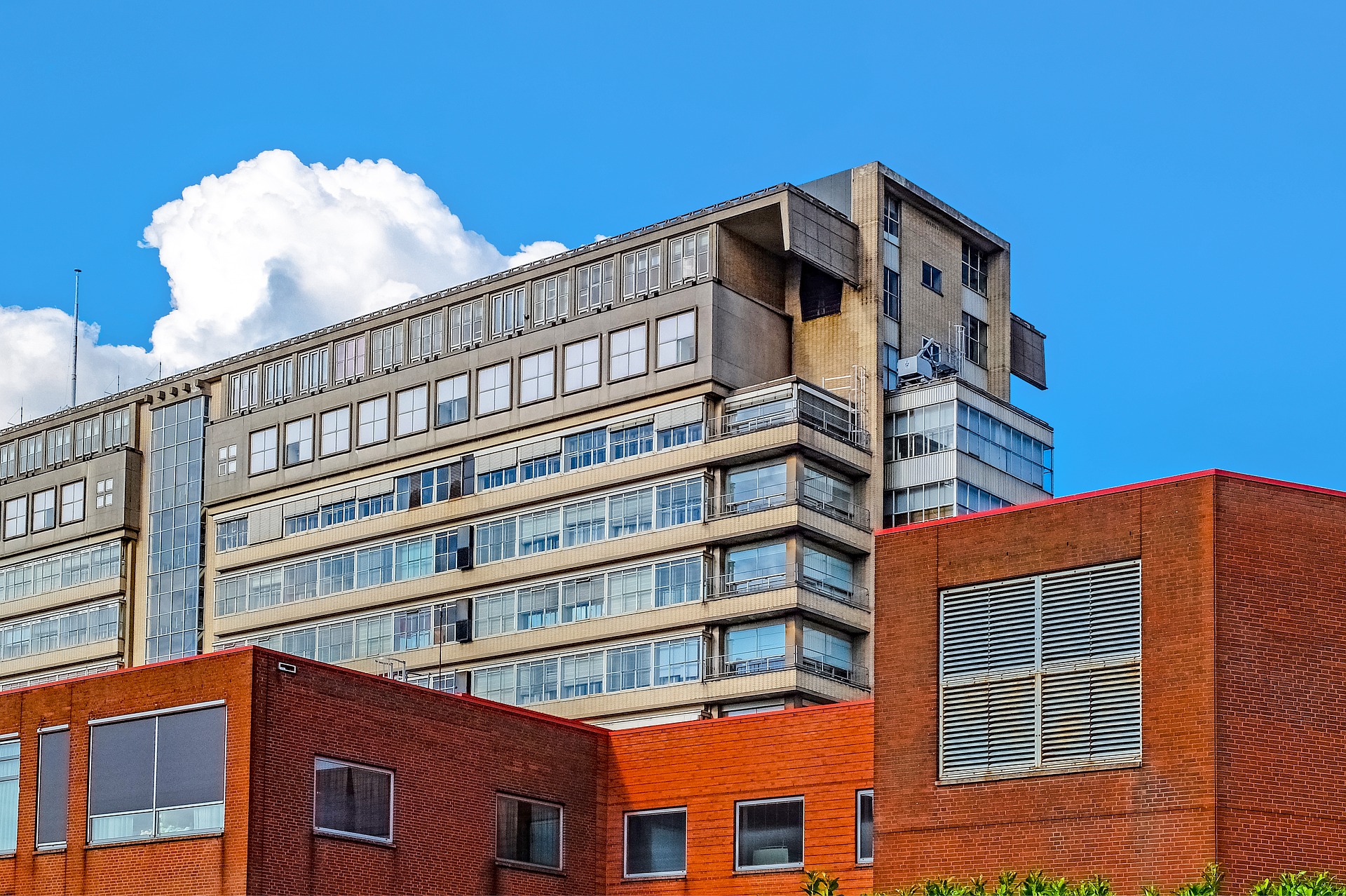
Monthly Maintenance Checks to Perform on Healthcare Buildings
Now more than ever, healthcare workers need to know the hospitals and long-term care facilities they work in are in good shape. With emergency rooms and intensive care units at capacity in most states, nothing could be more disruptive than relocating sick patients to deal with urgent building repair. Proactive inspections — including commercial roof maintenance checks — should be part of any conscientious building manager’s operations. As the U.S. continues to fight against COVID-19 outbreaks, these checks are especially necessary for healthcare buildings.
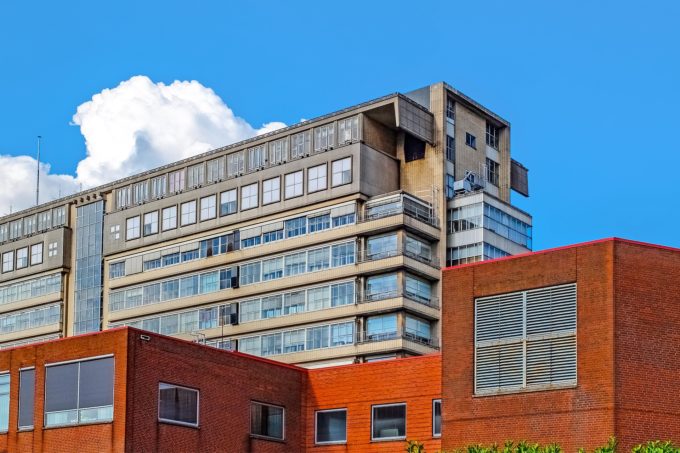
Now more than ever, healthcare workers need to know the hospitals and long-term care facilities they work in are in good shape. With emergency rooms and intensive care units at capacity in most states, nothing could be more disruptive than relocating sick patients to deal with urgent building repair.
Proactive inspections — including commercial roof maintenance checks — should be part of any conscientious building manager’s operations. As the U.S. continues to fight against COVID-19 outbreaks, these checks are especially necessary for healthcare buildings.
By making these inspections part of monthly maintenance activities, building staff will be able to identify issues before they become a problem in the interior of the building, disrupting the ability to provide crucial patient care.
What To Look For As Part of a Healthcare Roof Maintenance Check
Clean the Roof
Although roofing materials are designed and installed to be durable and long-lasting, you should make sure to keep your roof clean to prevent any premature aging of roof materials.
Clear off any debris from the roof, and pay particular attention to roof drains. A blocked drain can lead to ponding water, which creates extra structural load on your building and can degrade even the most durable roofing materials and seams.
Inspect for Damage
Water is insidious and can seep into the building through even the smallest of pinholes. Early identification of damaged roof materials is a crucial factor in keeping your building’s interior safe. Checking for damage should always be part of monthly healthcare roof maintenance checks, and should also be completed after extreme weather events like hail.
Check Solar Panels
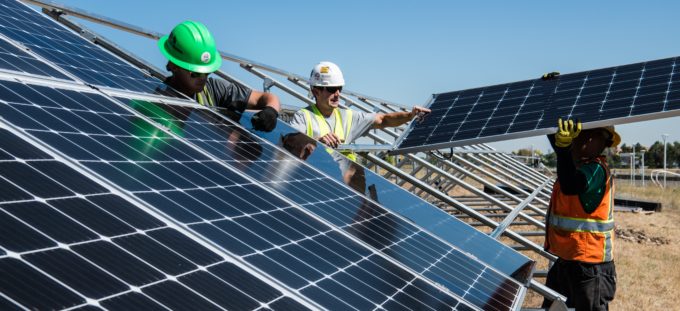
More and more facilities are using sustainable energy solutions like solar panels, but with the extra hardware comes extra areas to check during regular inspections. Make sure you check solar panels for corrosion and degrading coatings and inspect the bases to make sure fasteners are in good repair, as these penetration points are often the first to let water in.
Inspect Connection Points
The weakest point of any roof is where it joins another material. Seams and flashings that join the roof to walls and exhausts will break down faster than the contiguous surface of the roof. Watch out for tears and wrinkles, even if they only appear to be in the early stages. As seals fail, water can intrude, accelerating the degradation. What could be a small wrinkle today could be a complete tear by next month.
Conduct a Moisture Survey
Water holds heat differently than roofing materials, so a survey using infrared technology will help you better identify and understand the extent of moisture intrusion beneath the roof’s surface. Any repair you undertake needs to address the full damaged area, and a moisture survey will give you a complete picture of the work to be done.
Look for Opportunities to Install Additional Protection
Monthly roof maintenance checks mean you’ll quickly have a better understanding of where the chronic issues are when it comes to keeping your roof in good repair. If water ponds from one month to the next, or if the flashings in a particular area are all breaking down, you’ll have the documentation you need to justify the cost and time of installing additional protections.
Products like high-quality elastic cement can help reinforce aging flashing joints, while a silicone coating can be one solution if you’re dealing with ponding water.
Check Chimneys and Vents
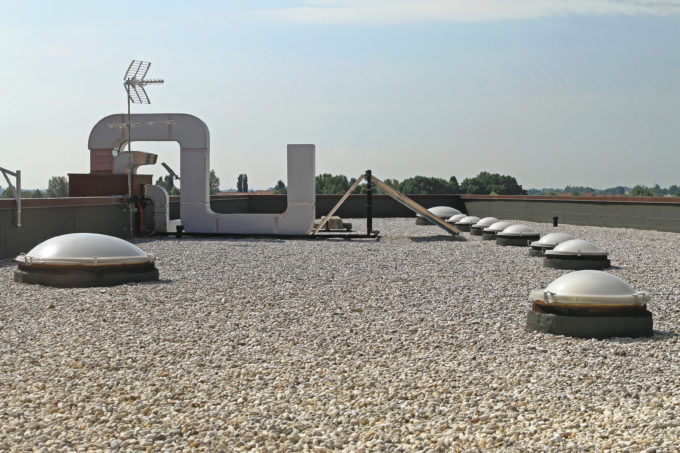
Like flashings, the joints at chimneys and vents will weaken long before the roof surface typically does. Make sure to check these regularly. Also, inspect any rooftop HVAC units to make sure they aren’t leaking coolant or condensation onto the roof, as this can age seams and coatings prematurely.
Document, Document, Document
Document every part of a commercial roof maintenance check, and review these documents regularly to make sure facility staff identify ongoing issues. Other files, like warranties, work orders and contracts, should also be kept easily at hand so that if a problem ever comes up, you’re easily able to identify what is covered under the warranty and what repairs you’ll need to pay for out of pocket.
Conducting Effective Roof Maintenance Checks
A healthcare facility is a busy place, and while maintenance checks are critical to their ongoing operation, you want to ensure that, to prevent disruptive repairs, your inspection and maintenance program doesn’t become disruptive in and of itself.
Hiring a reliable contractor who is experienced in healthcare and infection control protocols is a great way to make sure maintenance checks are completed quickly, safely and effectively. A good contractor will provide you with detailed documentation, and can proactively propose solutions and products that will extend the life of your roof system — and keep the patients and workers inside safe.
Choosing Roof Repair Solutions for Your Healthcare Facility
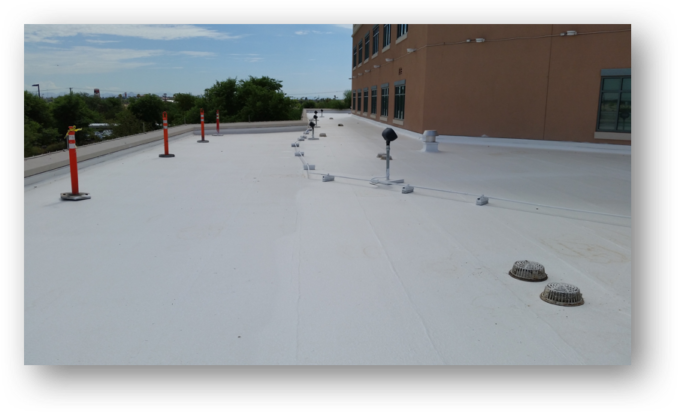
Overall, you want to make sure you have a roof that is long-lasting and requires limited maintenance. Products like fluid applied reinforced roof (FARR) coatings can help extend the life of your roof. They’re designed to be compatible with many existing roof materials, so you won’t need to deal with the disruption of a full tear-off and replace.
For healthcare facilities, in particular, FARR systems, which use water-based asphalt emulsion or acrylic coating, are a great choice. They have no or very low harmful volatile organic compounds or odor, which can be sucked into the building’s ventilation system and recirculated to the vulnerable patients inside.
If it’s time to update your healthcare building’s maintenance program, contact Western Colloid for a complimentary roof assessment.
